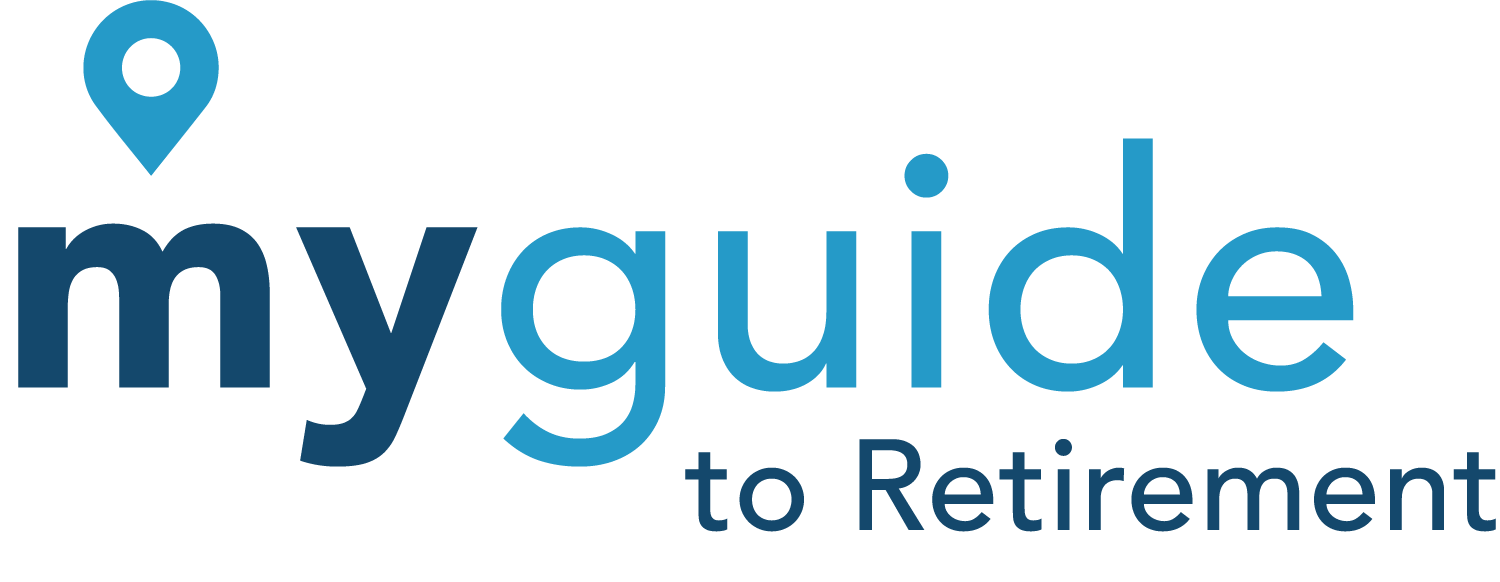

Discover the true cost of dying at home, in a hospital, or in a care facility, plus tips to protect your family from unexpected final expenses.
The True Cost of Dying: At Home, in a Hospital, or a Care Facility
While no one likes to plan for it, the setting where a person dies can have a major impact on both their final days and their family’s financial future.
Whether someone passes away at home, in a hospital, or a care facility, the bills can pile up fast. Beyond funeral expenses, families often face bills for medical treatment, caregiving, or long-term care. These final expenses can be overwhelming, but thorough planning makes them all more manageable.
Comparing End-of-Life Settings
Where someone dies impacts the kind of care they receive, how much it costs, and how prepared their family is to manage the aftermath. Here are the most common settings for end-of-life care:
Dying at Home
Dying at home is often seen as the most peaceful and intimate option. Many families choose this route to maintain comfort, familiarity, and a sense of control over a loved one’s final moments. However, it still comes with logistical challenges and financial implications. Typically, this setup includes support from a hospice team, family caregivers, and medical equipment that transforms a room into a makeshift care space.
Typical home care costs include:
- Hospice or palliative care services: Medicare and Medicaid typically cover the full cost of hospice care, with minimal out-of-pocket expenses. Hospice care averages about $218 per day for standard home care in the first 60 days, dropping to approximately $173 per day afterward. More intensive, round‑the‑clock home hospice care can cost up to $1,566 per day.
- Medical equipment rentals: Costs for items like hospital beds, oxygen machines, or mobility aids vary but are often partially included or subsidized by hospice. Out-of-pocket expenses depend on provider terms.
- Unpaid caregiving and lost income: About two-thirds of eldercare in the U.S. is provided informally, placing significant financial strain on families through unpaid labor and lost wages
Home settings offer more privacy and dignity, but also place a heavy caregiving burden on loved ones. For some families, the stress of managing medications, mobility, and personal care at home can be overwhelming.
Dying in a Hospital
Hospitals are often the default setting for death when a medical emergency demands immediate attention. These environments provide access to the highest level of medical care, including intensive monitoring and life-saving interventions. However, this level of care comes at a cost, both financially and emotionally.
After a hospital stay, you’ll be on the hook for these expenses:
- ICU or ER fees: In the final month, hospital costs can reach around $32,400 per patient. ICU stays are a major driver of these costs. Critical care altogether accounts for over 13% of hospital spending, with total ICU costs exceeding $82 billion nationally.
- Ambulance or emergency transport: Emergencies often require costly transportation that may not be fully covered by insurance.
- Uncovered treatments: Many hospital interventions are performed to extend life rather than improve comfort. Some may not align with the patient’s values or wishes, and not all are covered by insurance plans.
While hospitals offer constant medical supervision, they can feel sterile, chaotic, and impersonal. Patients may die without the presence of loved ones, and families often feel rushed through decision-making during highly stressful moments.
Dying in a Care Facility
Care facilities, which include nursing homes or assisted living centers, offer a middle ground. They provide more support than a home setting but with less intensity than a hospital. Many of these facilities also offer on-site hospice or palliative care teams who specialize in comfort-focused treatment. People who need daily assistance and are approaching the end of a long illness may see this option as the best one.
The main costs include:
- Room and board: The median cost of nursing home care in the United States is approximately $9,555 per month for a semi‑private room, and $10,965 per month for a private room. These figures vary by state and facility.
- Hospice or palliative care services: While Medicare may cover hospice care, additional services, like increased staffing, private rooms, or personal aides, may come at an extra cost.
- Non-covered personal care: Assistance with bathing, toileting, and other daily activities might not be fully reimbursed by Medicaid or long-term care insurance.
Care facilities offer professional support and lessen the burden on family members, but they may lack the personal touch of a home setting. For some, the experience feels institutional, and access to loved ones can be restricted depending on facility rules and staffing.
Costs Families Don’t Expect
Even with solid insurance and thoughtful planning, many families are surprised by hidden end-of-life costs that fall outside formal medical care. These unexpected expenses can build up quickly — at a time when emotional and financial resources are already stretched thin.
- Transportation between care settings: Ambulance and non-emergency medical transport are often only partially covered by insurance.
- Medications and disposable supplies: Items like pain meds, adult diapers, gloves, and wound care products can become a daily expense.
- Emergency caregiving help: Last-minute in-home support or respite care may be needed and can cost hundreds to thousands per week.
- Funeral and burial expenses: Even modest funerals can range from $7,000 to $12,000, which can be a significant burden for families focused on other financial and emotional challenges after a family death.
Anticipating these common, often overlooked costs can make a difficult time a little more manageable — emotionally and financially.
Planning Ahead Can Save More Than Money
Preparing for end-of-life expenses isn’t just about protecting your finances. It’s about reducing the emotional burden on your loved ones. A little planning now can spare your family from rushed decisions and unexpected costs later.
- Final expense insurance provides a small life insurance payout (usually $5,000–$25,000) to cover funeral, burial, and leftover medical expenses.
- Quick access to funds allows families to pay for cremation or burial, obituaries, travel, or debts not covered by Medicare.
- Affordable for seniors, with fixed premiums and easy approvals — even for those with health conditions.
- Advance directives like living wills and powers of attorney help clarify care preferences and ease decision-making stress.
- Knowing average costs gives families the power to make intentional, informed choices about where and how end-of-life care happens.
With the right coverage and clear communication, families can focus less on logistics and more on honoring their loved one’s wishes. Planning ahead doesn’t just save money. It creates peace of mind.

Final expense insurance is one practical way to ease the burden of end-of-life costs—helping cover funeral costs, lingering medical bills, and more. It’s a small step that can offer lasting peace of mind.
Want more guidance? Fill out the form at My Guide To Retirement to receive our free retirement newsletter—packed with tips, tools, and resources to help you plan confidently for every stage of life.
FAQs About End-of-Life Expenses
Generally, yes—dying at home tends to be less expensive than in a hospital. Home-based end-of-life care often involves hospice services, medical equipment rentals, and unpaid caregiving by family members. These costs are typically lower than the high fees associated with emergency care, ICU stays, and inpatient procedures in hospitals. However, out-of-pocket costs for medications, home care aides, and equipment can still add up, especially if not covered by insurance or Medicare.
Hospice care costs vary but are often covered by Medicare, Medicaid, and many private insurance plans—especially when provided under a certified hospice program. Medicare Hospice Benefit typically covers physician services, pain management, medical equipment, and some in-home support. However, certain out-of-pocket expenses (like room and board if in a facility, or 24-hour home care) may not be fully covered.
Unexpected costs include ambulance transportation, last-minute caregiving needs, medical equipment rentals, and unpaid time off work for caregivers. Final arrangements, such as funerals, cremation, or burial, can also cost thousands and are often not factored into the care setting decision. Without planning, these expenses can create financial strain at an already difficult time.
Medicare may cover hospice or palliative services provided in a nursing home or assisted living facility, but it does not cover room and board in most long-term care settings. This means that while pain management and some medical support may be covered, the daily residential fees are typically paid out-of-pocket unless the person qualifies for Medicaid or has long-term care insurance.
Final expense insurance is a type of whole life insurance designed to cover end-of-life costs like funerals, burials, cremation, and remaining medical bills. Policies usually range from $2,000 to $25,000 in coverage, with premiums based on age, health, and coverage amount. It’s a way to ensure your loved ones aren’t burdened with unexpected bills after your passing.
This decision should be based on medical needs, personal preferences, available support, and financial resources. Home deaths offer comfort and control but may require more from family caregivers. Hospitals provide critical care but are more expensive and less personal. Facilities offer 24/7 support but come with ongoing costs. Advance care planning can help ensure your wishes align with your budget and medical situation.
It’s best to start planning as early as possible—ideally before a health crisis arises. Doing so gives you more options, lowers potential insurance premiums, and ensures your family won’t have to make rushed or costly decisions during a difficult time. Even a basic final expense policy can help ease financial pressure later on.
Start Planning Today for a Secure and Healthy Retirement
Use the free tools and resources at My Guide To Retirement to plan a comfortable and fulfilling retirement, according to your specific financial and health goals.

